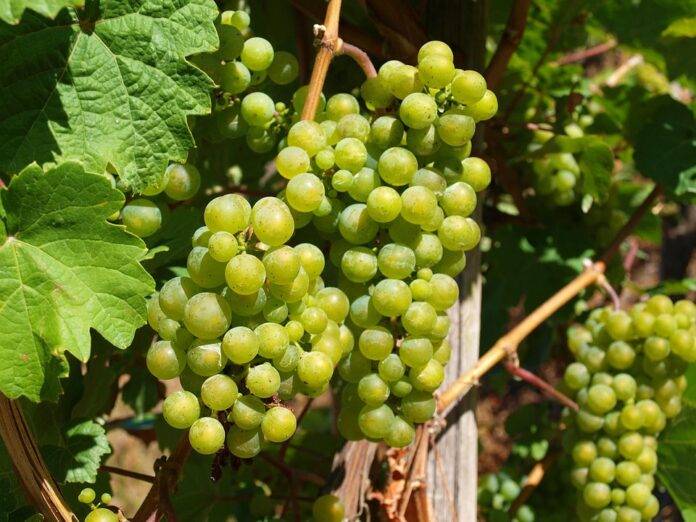Introduction
Riesling is a versatile and aromatic white grape variety that thrives in cool climate regions with steep vineyard slopes. In this report, we will explore why Riesling is well-suited to these unique conditions and how it has become a signature wine in regions such as Germany, France, and the Finger Lakes in New York.
Benefits of Cool Climate Regions for Riesling
Climate Conditions
Cool climate regions provide ideal growing conditions for Riesling grapes. The cooler temperatures slow down the ripening process, allowing the grapes to develop complex flavors while retaining high levels of acidity. This acidity is a hallmark of Riesling wines, giving them their characteristic crispness and ability to age gracefully.
Steep Vineyard Slopes
The steep vineyard slopes found in cool climate regions offer several advantages for Riesling cultivation. The angle of the slopes allows for better drainage, preventing water from pooling around the roots of the vines. This helps to reduce the risk of disease and ensures that the grapes receive just the right amount of water. Additionally, the angle of the slopes helps to maximize sun exposure, allowing the grapes to achieve optimal ripeness.
Riesling Production in Cool Climate Regions
Germany
Germany is renowned for its production of high-quality Riesling wines. The country’s cool climate and diverse range of soil types provide the perfect terroir for cultivating this grape variety. The steep vineyard slopes along the Mosel, Rhine, and Nahe rivers offer prime growing conditions for Riesling grapes, resulting in wines that are known for their purity, minerality, and vibrant acidity.
France
Alsace, in northeastern France, is another region known for its exceptional Riesling wines. The vineyards in Alsace are planted on steep slopes composed of granite, limestone, and other mineral-rich soils. These unique terroirs impart distinct flavors and aromas to the wines, ranging from floral and citrus notes to hints of petrol and spice. Alsace Rieslings are typically dry and full-bodied, with a pronounced acidity that makes them excellent for food pairing.
Finger Lakes, New York
In the United States, the Finger Lakes region in upstate New York has emerged as a leading producer of Riesling wines. The area’s cool climate and deep glacial lakes create a moderating effect on temperatures, allowing Riesling grapes to thrive. The steep slopes overlooking the lakes provide excellent drainage and sun exposure, resulting in wines with bright fruit flavors, crisp acidity, and a distinctive mineral character.
Industry Insights and Trends
Market Demand
Riesling has experienced a resurgence in popularity in recent years, with consumers seeking out wines that are aromatic, flavorful, and food-friendly. This increased demand has led to a growing number of producers focusing on Riesling cultivation in cool climate regions around the world.
Financial Data
According to industry reports, the global market for Riesling wines is projected to reach $xx billion by 2025, with a compound annual growth rate of xx%. This growth is driven by rising consumer interest in premium and artisanal wines, as well as the expanding availability of Riesling from diverse regions.
Conclusion
Riesling’s ability to thrive in cool climate regions with steep vineyard slopes has made it a favorite among wine enthusiasts and critics alike. The unique growing conditions in regions such as Germany, France, and the Finger Lakes contribute to the distinctive flavors and characteristics that define Riesling wines. As consumer demand for high-quality, terroir-driven wines continues to rise, Riesling is poised to remain a staple in the world of fine wine.




